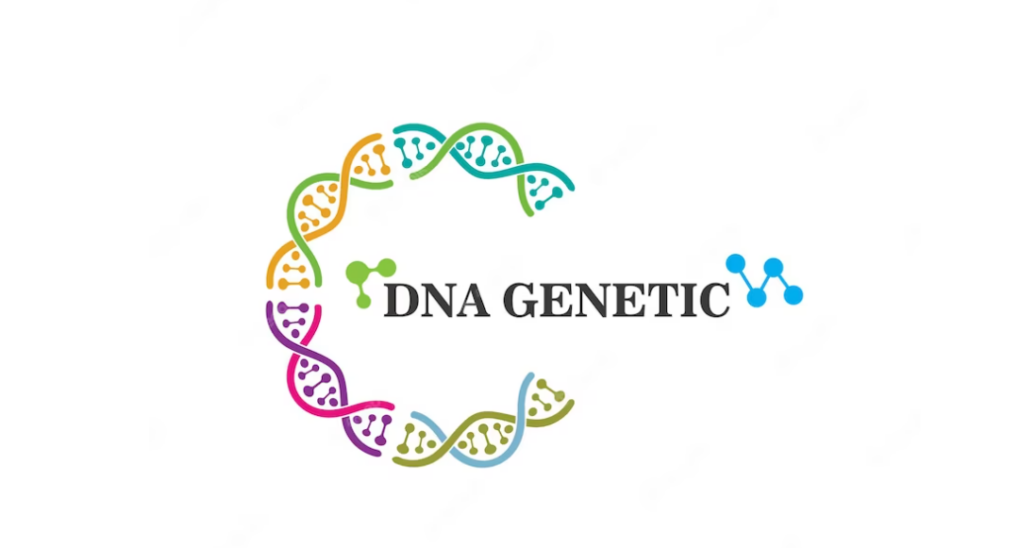Half-siblings seem simple, but half-relatives can befuddle genetic genealogists during DNA match analysis. Half relationships often bewildering. I personally grappled and still do, often resorting to diagrams to grasp them. Let’s delve into these “half-ly” connections.
In my upbringing, blended families featured in my friends’ lives. They had step-siblings, who lacked genetic ties. However, younger siblings shared genetic links with both step-siblings as half-siblings. It’s a complex concept, so visual aids might clarify.
What is a Half Relationship?
Each individual has two biological parents, a mother, and a father. Our DNA originates half from each other, establishing our familial bond. Full siblings share both parents’ DNA, making them fully related. This stems from being ½ related through our mother and ½ related through our father. If a parent has children with another individual, those half-siblings are linked by one shared parent, not two.
A simplified perspective is to consider a half relationship as being related through half of the most recent common anticipated pair of ancestors.
For half cousins, the common ancestor pair for cousins is the grandparents. Therefore, half cousins share only one grandparent in common. Put differently, the offspring of half-siblings become half cousins.
This may seem uncomplicated, but confusion can arise when tracing back a generation. Observe: we start with half-siblings who share a single parent.
The Connection Between Half-Siblings and Their Aunt’s Children
How do half-siblings relate to their aunt’s offspring? Are they half-cousins or cousins? Interestingly, they are cousins, as cousins share a shared set of grandparents. The parental relationships of half-siblings do not impact their cousin connections, spanning all generations.
You might share half-1st cousin status with someone while both being full 2nd cousins with another due to sharing the same great-grandparents.
Understanding Half Relationships through DNA
In theory, half relationships seem straightforward, but identifying unknown connections can prove intricate. Half relationships involve half the anticipated DNA compared to full ones. For instance, full siblings share 50% of DNA, while half-siblings share just 25%. Moreover, fully matched DNA segments are absent in half siblings.

- In DNA analysis, half 1st cousins exhibit 6.25% shared DNA, while full 1st cousins display 12.5%;
- If averages dictated, differentiating these connections through DNA would be straightforward;
- DNA doesn’t conform to norms, making it possible for a Half 1st cousin to share equal or even more DNA than a full 1st cousin in certain scenarios.
In DNA exploration, a puzzling scenario arises. Two individuals might exhibit DNA matching at the 1st or 2nd cousin level, implying shared grandparents or great-grandparents. However, upon scrutinizing their family trees, no connections surface. This discrepancy often signifies an error in the family tree, concealing an unrecognized half relationship. Unveiling these hidden connections necessitates understanding individuals’ whereabouts during specific periods to identify these enigmatic half relationships.
Up until the late 1970s, the biological parents needed to have physical interaction prior to the child’s birth. However, over the past four decades, numerous individuals have contributed sperm and eggs as donors, leading to offspring who are either adults now or approaching adulthood. By undergoing DNA testing, these individuals might uncover the existence of half-siblings.
Conclusion
DNA testing has shed light on a phenomenon that population experts had long speculated about. It turns out that there are many half-related connections in existence. Regrettably, the majority of these connections remain undisclosed, awaiting the moment of revelation.
